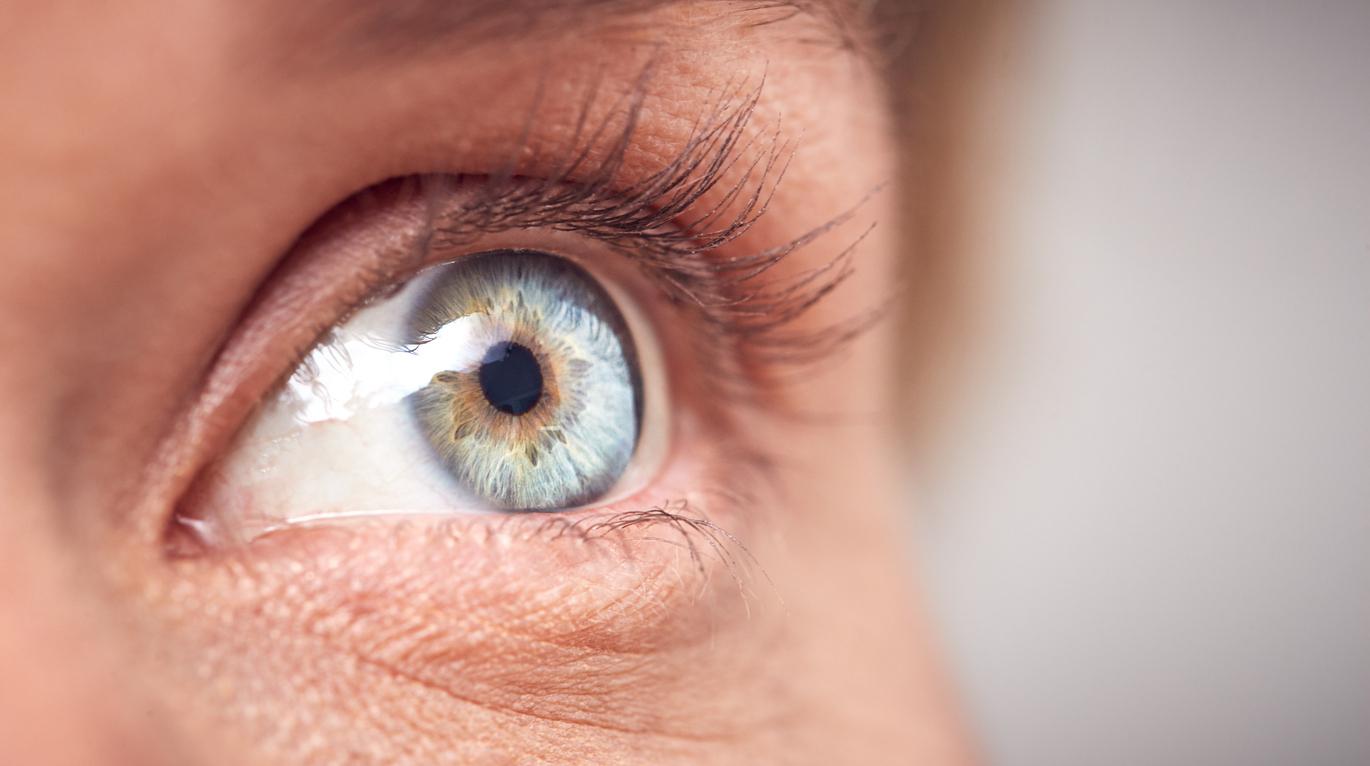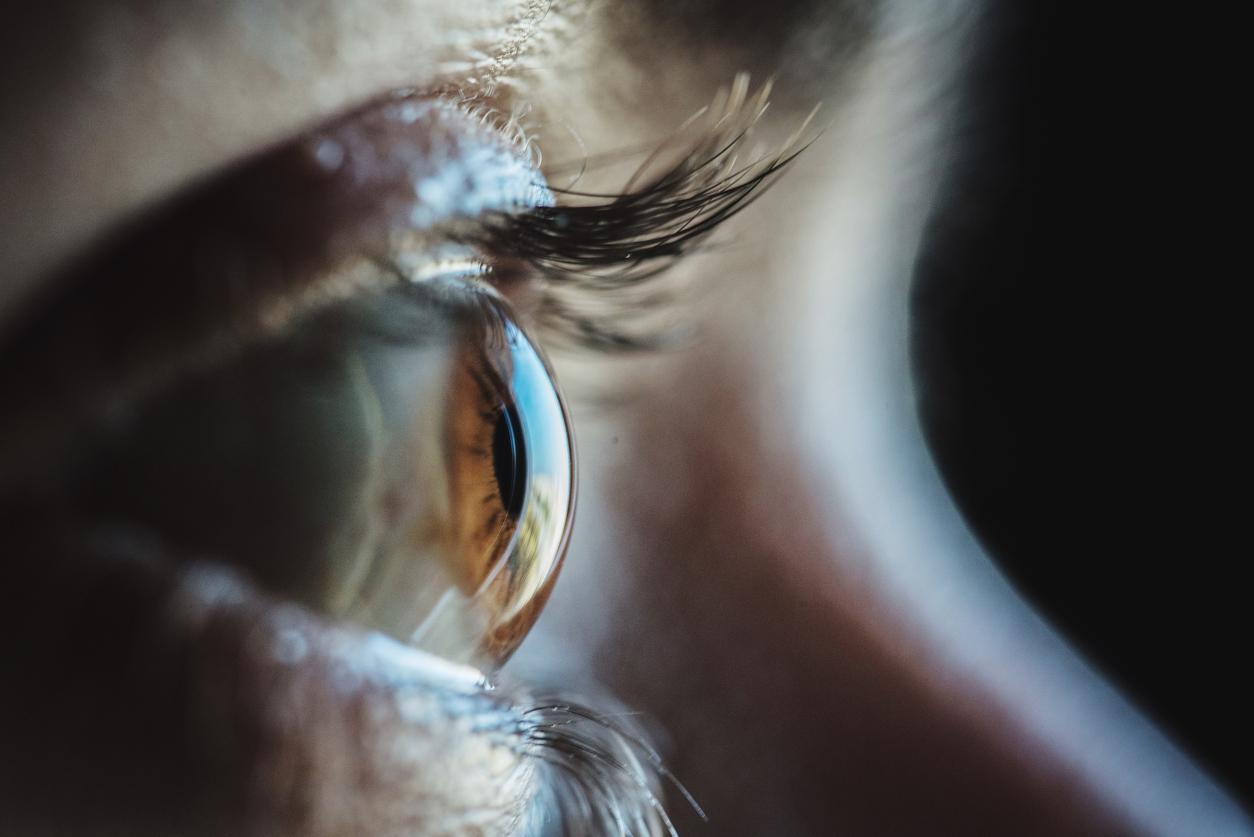According to a new British study, cigarette smokers are much more exposed than others to vision problems.

In France, 11.5 million people use tobacco daily according to the latest health barometer published in May. And if many of them have already suffered from asthma attacks or heard about the impact of tobacco on lung cancer, few know that it also has a disastrous effect on eyesight. While a tobacco user is twice as likely to lose their sight, a British study carried out on 2006 people in June by the Association of Optometrists shows that only one in five smokers is aware of the risks of smoke for vision. Below is the list of many vision problems, more or less serious, which can lead to cigarette smoking.
1/ Age-related macular degeneration (AMD)
Macular degeneration is a central vision disorder. The latter becomes blurred while the lateral or peripheral vision remains intact. It is most often linked to aging, hence the term age-related macular degeneration (AMD). It is the leading cause of blindness in North America in adults over 55 and smokers are 4 times more likely to develop it.
2/ Cataract
Cataract is characterized by the partial or total opacification of the lens. This affliction causes a progressive loss of sight. The problem may be due to aging, heredity, injury or disease. However, excessive exposure to ultraviolet rays from sunlight, frequent consumption of certain medications or even cigarette smoke are also risk factors. In detail, smokers have twice the risk of developing cataracts.
3/ Diabetic retinopathy
In diabetics, tobacco can increase the risk of retinopathy. The latter occurs when the tiny blood vessels in the retina of the eye weaken or swell, which causes, among other things, blood leakage and the formation of new blood vessels. Thus, the patient will suffer from blurred vision punctuated by dark spots. Untreated, this disease can even lead to blindness. Besides smoking, high blood pressure and alcohol consumption during pregnancy are also important risk factors.
4/ Uveitis
Smokers are twice as likely to develop this inflammation of the uvea (the middle coat of the eye). This damages the structures of the eye and can lead to the formation of cataracts, glaucoma, retinal detachment or even loss of sight.
5/ Transient ischemic attack (TIA)
It is the most common cause of temporary vision loss. Nicknamed TIA or “mini-stroke”, this disorder occurs mostly in older people. While a TIA may only last a few minutes, it should not be taken lightly: approximately 15% of patients who survive their TIA will experience a new one within the same year. In addition to smoking, high blood pressure, excessive consumption of alcohol, injection drugs or cocaine, the use of oral contraceptives and obesity are risk factors.
6/ The MGraves’ disease
Smoking is an important risk factor in the development of thyroid ophthalmopathy, better known as Graves’ disease. This autoimmune disease results in the increase in the volume of fatty connective tissue and the hypertrophy of the muscles surrounding the eye.
7/ Childhood eye diseases
Tobacco use during pregnancy can lead to many serious fetal and infant disorders. Pregnant women who smoke pass dangerous toxins to the placenta that can lead to premature births and higher rates of strabismus, refractive errors, retinal and optic nerve-related problems in infants.
9/ Dry eyes, especially for contact lens wearers
Cigarette smoke is a drying agent that promotes the evaporation of natural moisture from the eye, which can cause discomfort and dry eye symptoms, especially in people who wear contact lenses. . But cigarette smoke not only irritates the eyes of smokers, it can also be extremely toxic to people who are subjected to it despite themselves. The next time you smoke outside a café, remember that you can cause serious eye discomfort to contact lens wearers around you.
So, in the face of all these issues, “quitting smoking is one of the best steps you can take to protect your vision” (and that of others), note the Association of Optometrists. And to conclude: “we recommend that you have an eye exam at least every two years, or more often if your optometrist recommends it”.


.














